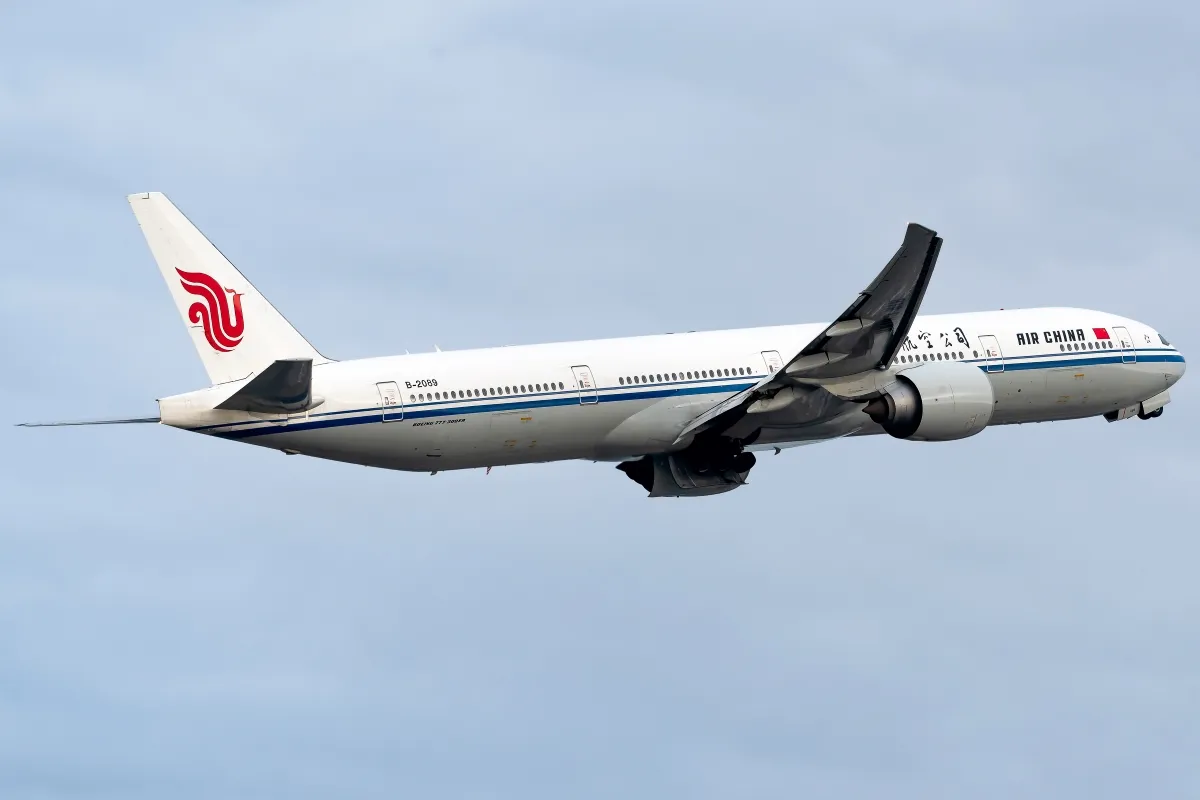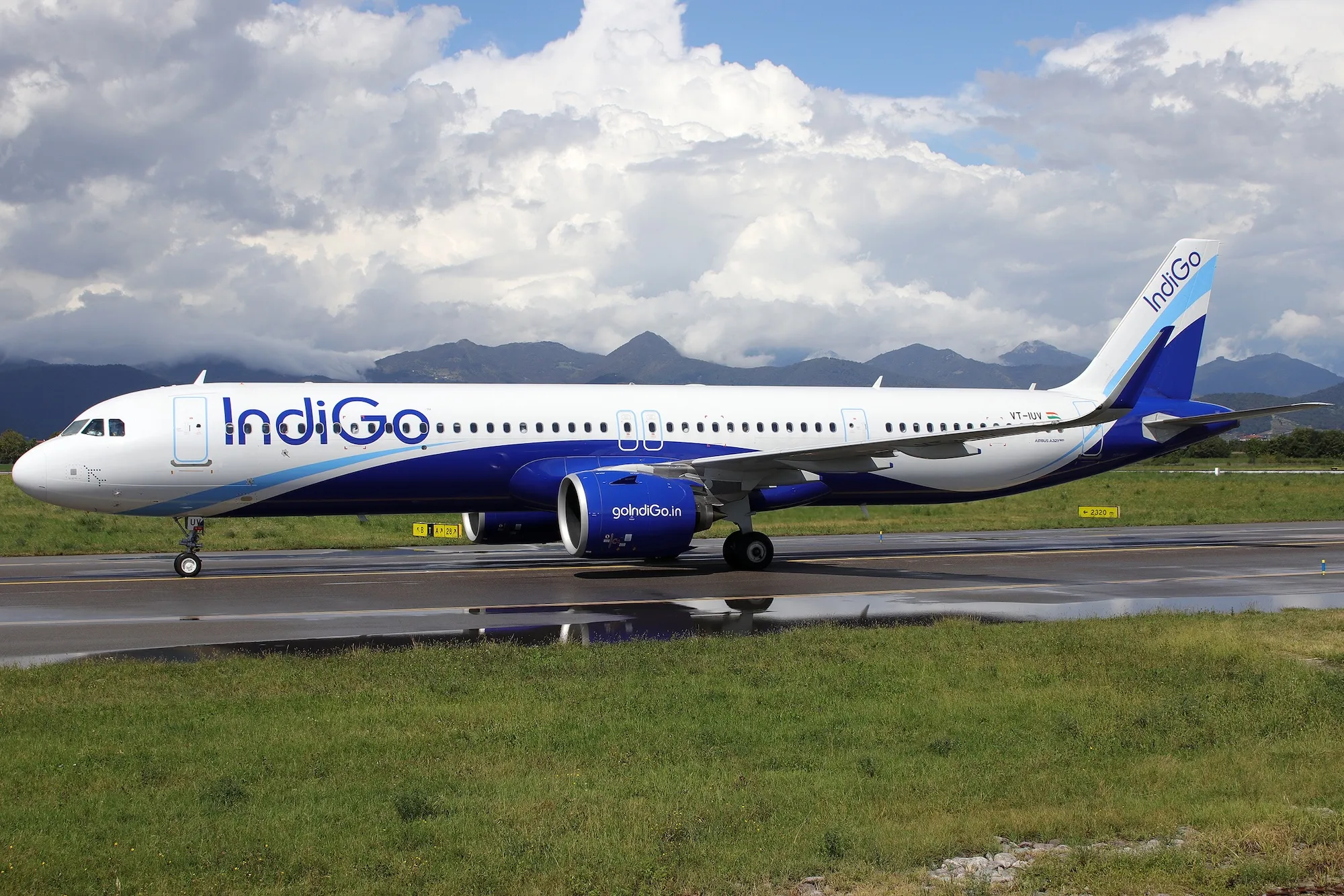NEW DELHI — The long-frozen air corridor between India and China is opening again. After more than five years of closed skies, both nations have agreed to resume direct flights between the Chinese mainland and India at the earliest opportunity.
This move is more than just convenient travel. It signals a thaw in ties, a mutual step toward normalizing relations that have been frayed by the 2020 border clashes and the sweeping disruptions of the pandemic.
A Little Backstory
You’ll recall that direct flights stopped in early 2020; first due to COVID-19, then border tensions made matters worse. Earlier this year, both sides charted the path to reopening.
In January, India’s Foreign Secretary Vikram Misri and China’s foreign officials agreed in principle to resume services and improve exchanges.
In June, they fast-tracked the process, urging finalisation of an updated Air Services Agreement and smoother visa processes. Then, ahead of a big diplomatic summit later this month, communication ramped up further.
What Just Happened?
On August 19, 2025, during Chinese Foreign Minister Wang Yi’s visit to Delhi, both sides officially agreed to restart direct flight connectivity as soon as possible, finalize an updated Air Services Agreement, and make visas easier for tourists, businesspeople, journalists, and various visitors.
Flights were suspended nearly five years ago, and now, as both governments coordinate, Indian carriers like Air India (AI) and IndiGo (6E) have been briefed to get ready for China routes. Chinese airlines are also set to pick up their share soon.
CEO of Indigo, Pieter Elbers, has said the airline is prepped to resume direct service to Beijing, and maybe other cities too, “as soon as the bilateral arrangements are in place.”
Some reports suggest that Chinese carriers could be ready immediately, possibly as early as tomorrow, whereas Indian airlines may require a bit more preparation time. Still, both governments prefer to launch together and expect fthe light relaunch within a month.
Why It Matters
This reboot isn't just about planes taking off again. It’s about restarting people-to-people connections, business travel, and tourism, while also reinforcing economic bridges that were broken or paused long ago.
- The agreement also includes reopening border trade at three Himalayan passes—Lipulekh, Shipki La, and Nathu La—and improving diplomatic and military communication mechanisms.
- It’s all happening against a backdrop of global uncertainty, such as rising US tariffs under Trump, which is pushing India to diversify its strategic ties and deepen cooperation with both China and Russia.
- Indian Prime Minister Narendra Modi is expected to visit China this month (August 31) to attend the Shanghai Cooperation Organisation summit in Tianjin, an opportune moment to cement these developments.

Why Airlines Are Paying Close Attention
Before 2020, direct flights between India and China were still substantial. In 2019, nonstop routes carried approximately 1.25 million two-way passengers in total; Delhi–Shanghai alone accounted for about 149,000 of those travels.
Nine nonstop routes were operating between India and mainland China. Sources show that India and China had around 539 direct flights scheduled each month, with a combined seat capacity exceeding 1.25 lakh. Out of these, Indian carriers 6E and AI together operated 168 flights, accounting for roughly 30-31 percent of the total. The remaining 70 percent were flown by Chinese airlines, including Air China (CA), China Eastern (MU), China Southern (CZ), and Shandong Airlines (SC).
Since then, demand hasn’t vanished; it’s just indirect. Over half a million travelers reroute through hub cities like Hong Kong every year, indicating a lingering appetite for travel between India and China.
Chinese airlines now have a chance to reclaim their old lead, but Indian carriers like IndiGo (with its expanding long-haul fleet) and a revamped Air India are eyeing a bigger share this time.
Bottom Line
After half a decade of silence in the skies, India and China are finally ready to restore the direct links that once carried over a million passengers a year. For travelers, it means faster, cheaper, and easier journeys.
For airlines, it signals the reopening of a highly competitive market with strong growth potential. For both governments, it represents more than just the resumption of flights; it’s a careful step toward rebuilding trust, boosting trade, and strengthening ties.
Stay tuned to Airways and follow us on LinkedIn and Instagram for the latest updates.




